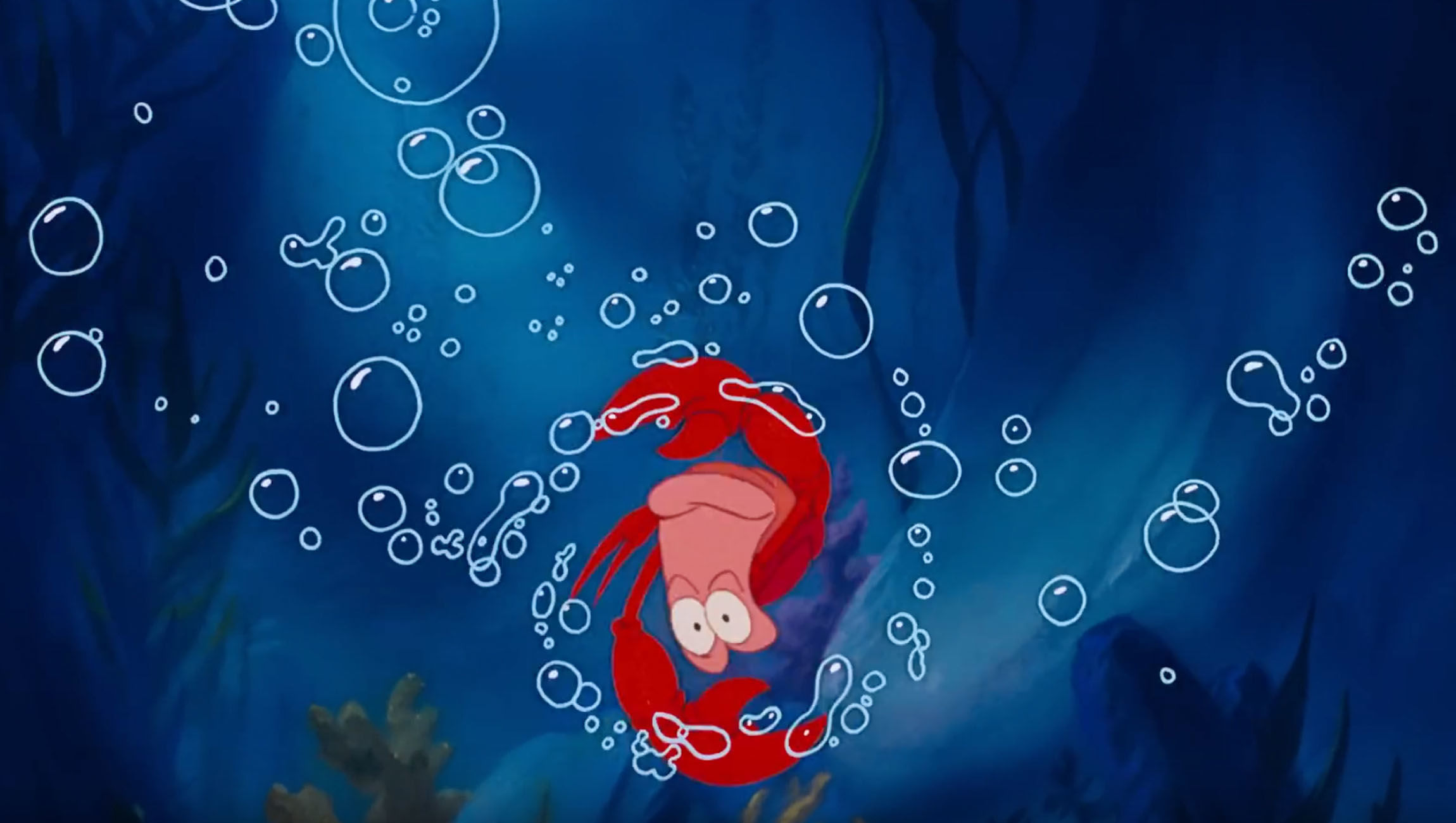Create a free profile to get unlimited access to exclusive videos, sweepstakes, and more!
Bubbles are floating up to space…but how exactly will they float?

Out of all the things happening in space for the first time — like baking cookies and sliming the whole ISS — the newest thing that hadn’t been done in zero G before might surprise you.
Liquid hasn't been boiled to create bubbles in microgravity yet. That has now changed with the ESA’s Multiscale Boiling experiment, aka Rubi, in space. The experiment was built by Airbus for ESA and will use a specialized heater to generate bubbles. It was recently installed on the ISS by ESA astronaut Luca Parmitano, and will be bubbling up for more than 600 test runs over the course of 5 months. It was installed with an electrode to observe how bubbles are affected by an electric field.
So what about all those photos that make it look like bubbles are floating around the space station? Those aren’t even bubbles, just globs of water without gravity to hold them down.
Gravity is the thing that even makes bubbles (however weightless they appear) possible. If you factor out gravity, the bubbles end up much larger, which will be a plus for scientists on the ISS. The effects of boiling are much too small and fast to measure as they happen on Earth. Subtracting gravity from the equation will slow down and magnify them for easier observation.
“What makes Rubi complex is that scientists are eager to observe and quantify the effect of external forces,” the ESA said in a recent press release.
There is a lot of science that is going to be happening in a container about the size of a shoebox. A small pump in the container will get the liquid inside bubbling. Behavior of the bubbles will be monitored by a high-speed camera, while an infrared camera will keep its eye on how external forces affect the process.
Why boiling? Maybe the thought of cooking in space comes to mind, but the reason that this experiment is being carried out is primarily for upgrading the heat transfer technology in laptops and other computer equipment used outside our planet’s atmosphere. Anything that can be made more compact for space will be an asset to future moon and Mars missions.
"Making sure equipment and computer chips stay at the right temperature is of vital importance, otherwise their lifetime, as well as their performance, could decrease abruptly," ESA project scientist Daniele Mangini explained. “Boiling is an extremely efficient way of getting rid of excess heat. This research could therefore provide very valuable information for improving the thermal management systems in space as well as in terrestrial applications.”
Think of that the next time you boil water for a cup of tea.
(via ESA)














